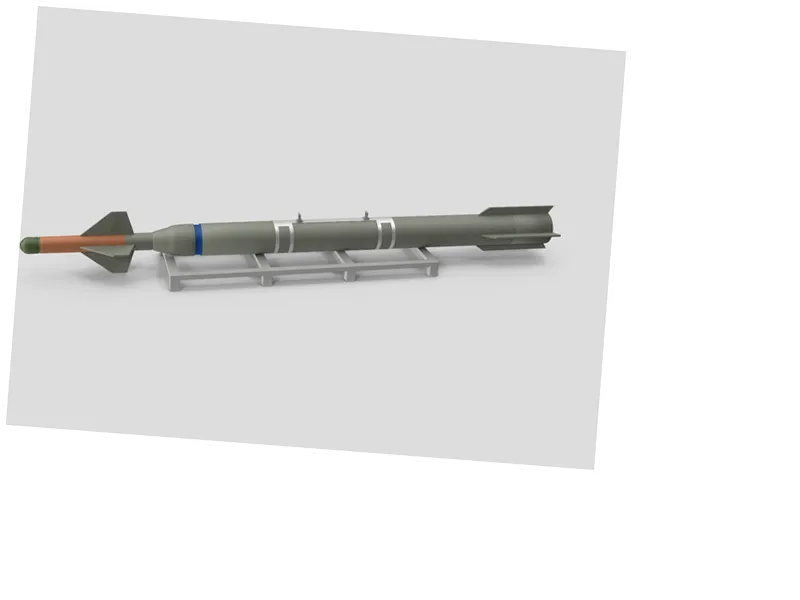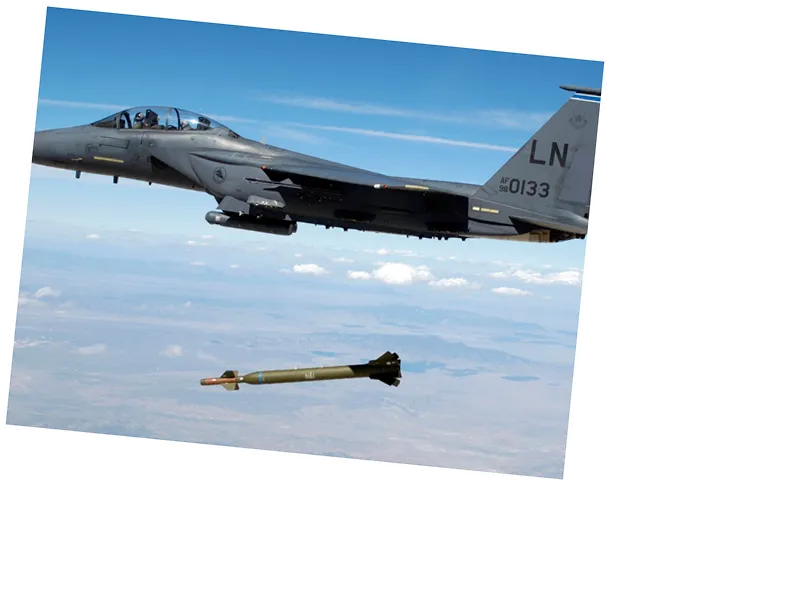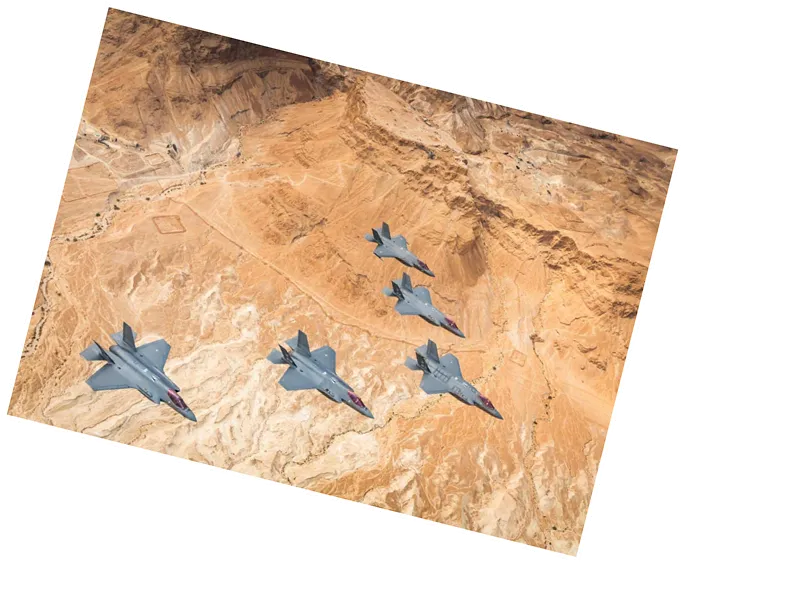The American 'GBU-39' Bomb: Design, Usage, and Controversies
The 'GBU-39' is a high-precision, American-made air-to-surface bomb developed by Boeing in the late 1990s. Often referred to as the 'safe bomb,' it is distinguished by its ability to penetrate military fortifications while minimizing collateral damage. This 250-pound bomb features a bunker-piercing warhead and can be loaded with a depleted uranium warhead if necessary. With advanced guidance systems including radar, infrared, laser, and GPS, the GBU-39 can accurately target within a few meters, making it a formidable tool in modern warfare.
Specifications and Capabilities
In terms of technical specifications, the GBU-39 is relatively small, about 1.8 meters long, and weighs approximately 113 kilograms. This compact size allows military aircraft to carry a greater number of these bombs. It can penetrate up to 2.4 meters of reinforced concrete and reach a range of 70 to 110 kilometers when launched from high altitudes. The bomb's combination of precision and power has made it a staple in various military operations.
Operational Use and International Controversies
The GBU-39 has been actively used by the US Air Force and its allies in numerous conflicts, including the Iraq invasion in 2003 and the war in Afghanistan. One of the more controversial uses of the bomb was during the Israeli offensive in Gaza, most notably in 2021's 'The Guardian of the Walls' operation and more recently in 2023. Reports revealed that the bombs used in a refugee camp in Rafah, Gaza, were traced back to the GBU-39, sparking international outrage and calls for a thorough investigation.
Further concerns have been raised about American military support for Israel in light of these incidents. While Israeli authorities claim that the explosions' devastating effects, including extensive fires, were unintentional and potentially exacerbated by secondary explosions, international bodies like the UN have demanded transparent investigations. The usage of such advanced weaponry in populated areas has ignited debates about military ethics and the humanitarian impact of modern warfare.
- The GBU-39 bomb, despite its precision, has led to considerable controversy. Notably, its use in densely populated areas like Gaza has raised significant ethical and humanitarian concerns. In one instance, a strike using this bomb in Rafah led to a fire that killed 45 people and injured 250. While the Israeli army contends that their munitions could not have alone caused such extensive damage, it underscores the complex and often devastating impacts of advanced military technology.
- Moreover, this case has put American military support for Israel under increased scrutiny. Widely regarded as precise and efficient, the GBU-39's deployment in urban settings has sparked debates about the acceptable limits of military force and the responsibilities of nations supplying advanced weaponry. Organizations worldwide are calling for stringent oversight and accountability to prevent future civilian casualties.






